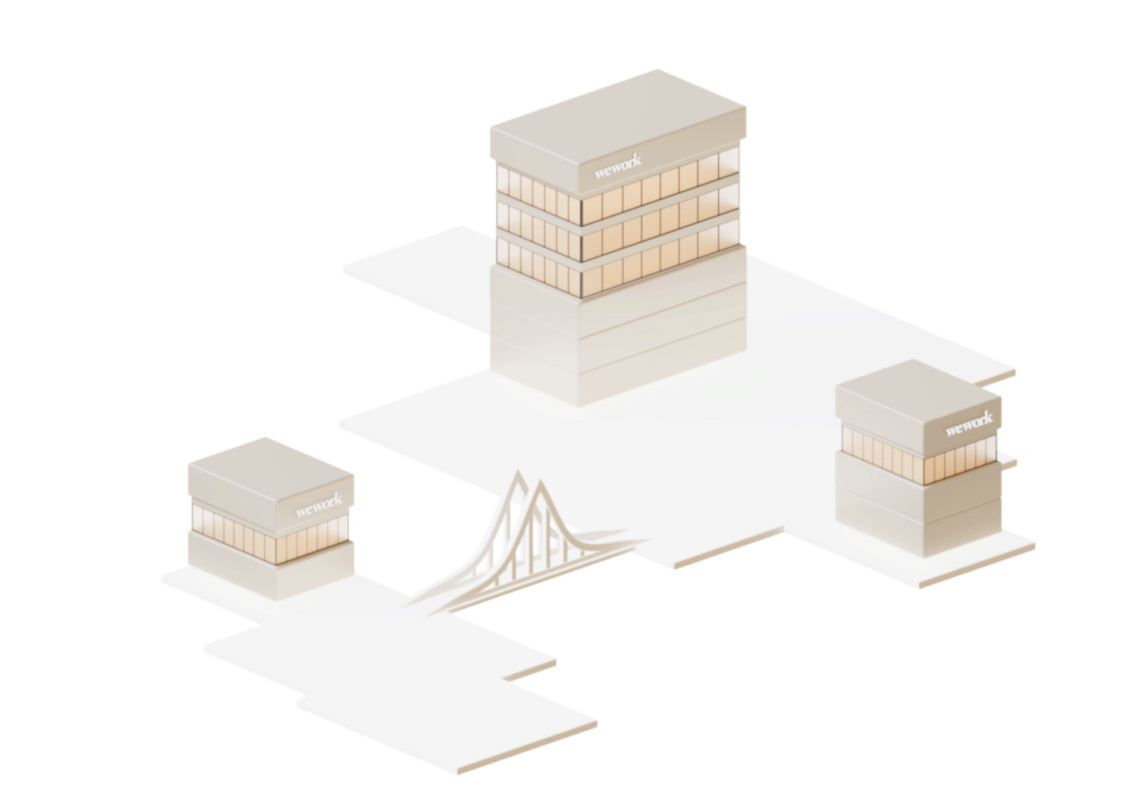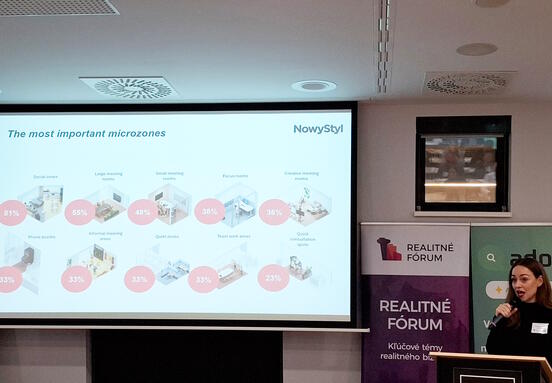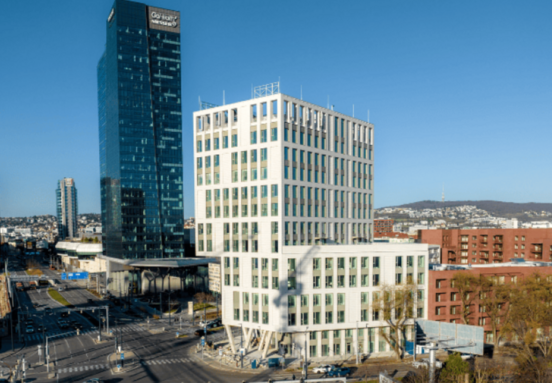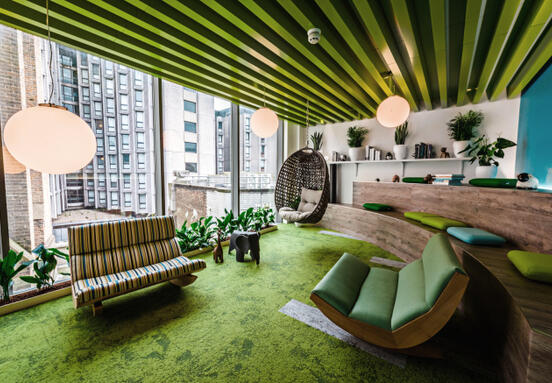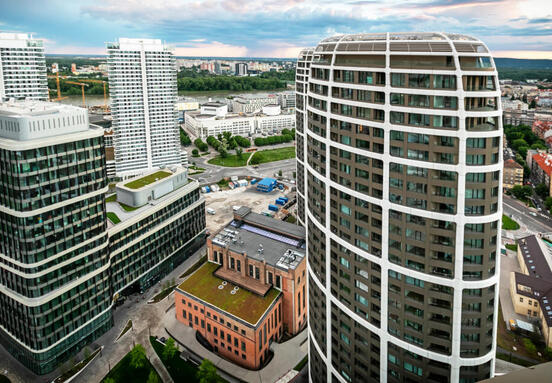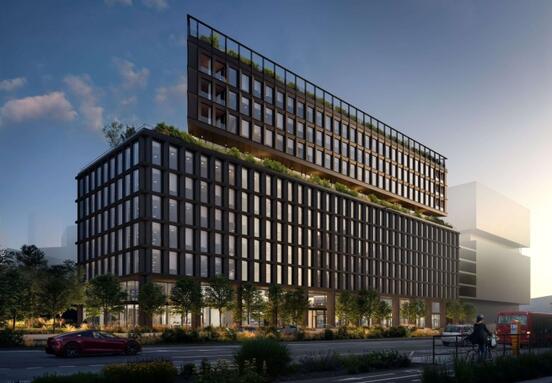The coronavirus pandemic has shown that many organisations can work entirely remotely, but it has also revealed the drawbacks of a home-bound workforce. The desire for face-to-face collaboration, but without the risks and expense of commuter life, has prompted some employers to consider a ‘hub and spoke’ model for their premises.
The drawbacks of home working
Much of Europe and the US are ensconced in a second wave of lockdowns, again proving that many organisations can function while their office workers are based entirely at home. For many employees, this has brought relief from expensive, time-consuming and wellbeing-damaging commutes. And employers will no doubt be wondering whether their offices are worth the expense, even after the pandemic subsides.
But Covid-19 has also revealed the stresses and strains that emerge after prolonged periods of home working. A survey of US workers by architectural firm Gensler found that 74% of workers at home miss the social aspect of the office and, despite the wide array of digital tools available, 55% say that collaborating with others is harder.
This is stoking demand for a hybrid approach, says Mark Shepherd, an investment manager at startup venture capital firm Beringea. “People are used to working remotely, but they will continue to want to have the interaction of a buzzy co-working space, he explains. “People definitely do want the ability to be able to work from home, but not all the time.”
One way to take advantage of the cost benefits of home working, while still providing opportunities for in-person collaboration, is a ‘hub and spoke’ model for office space, in which a company provides small, satellite offices closer to residential areas, that employees can use on occasion.
What is the hub and spoke model?
“Businesses can operate their central HQ or ‘hub’, that employees travel to less frequently, whilst simultaneously increasing the number of ‘spokes’ – smaller, satellite offices spread across a city closer to where employees live,” explains Mathieu Proust, general manager, UKI and emerging markets at global co-working space provider WeWork.
“This minimises their commuting time and brings employees together to work in teams,” he adds. “What was once the main HQ can become less crowded, and may even be able to shrink in size.”
The model is gaining attention: a report released last month by recruitment agency Robert Walters Group showed more than a third (37%) of business leaders across the UK and Ireland are considering downsizing their primary office space to smaller satellites closer to where employees live.
Technology companies are among those moving to a ‘hub and spoke’ model. Last month, Google’s CEO Sundar Pichai announced plans to expand hub offices for a more flexible working future, according to a report by Business Insider.
In August, e-commerce giant Amazon unveiled a plan to create six “tech hubs” in Dallas, Detroit, Denver, New York, Phoenix and San Diego. These will join the company’s portfolio of 17 sites in North American cities near businesses centres and universities.
And in July, Japanese technology provider Fujitsu unveiled its new Borderless Office plan, which includes “expansion of satellite office space and provision of infrastructure equivalent to that of a hub office,” so that its employees can enjoy a more flexible, working life.
Hub-and-spoke co-working
Companies without the deep pockets of these multinational firms might struggle to drastically reinvent their property portfolios, especially in a difficult year. Co-working providers argue that their services offer a more affordable solution.
One such provider is Malaysia’s WORQ, which provides flexible working space for startups, SMEs and large organisations. Asia has witnessed a co-working boom in the last decade: between 2014 and 2017, there was a 150% increase in the number of co-working spaces across the Asia-Pacific region, according to research by property firm JLL.
“Malaysia is still under the average by regional standards,” explains Christina Choong, head of businesses development at WORQ. “I think the regional average in Asia is around 3% , and we are still somewhere below the 1% mark.”
The hub and spoke model is especially well-suited for Malaysian cities, says Choong. “There are lots of people living on the outskirts of the main cities and this is where people are demanding office spaces,” she explains. “What we’re seeing is an uptick in people wanting to hot desk for two to three months because they don’t know when they will be allowed back into the office. At the same time, they find home very distracting, with kids and all sorts of things happening.”
Another driver for the hub and spoke model, she adds, is business continuity. “We have large banks in our spaces, using them for business continuity planning. Larger corporations are looking very seriously at strategies to avoid a scenario where one big HQ gets hit by Covid and then no one can go into work, strategies that distribute the workforce in some way.”
“As a result, the demand for good quality, well-serviced spaces continues to grow,” says Choong.
The way we work has always shaped the geography of towns and cities. By catalysing a shift to hub-and-spoke office strategies, one of the pandemic’s long-lasting effects could be the demise of commuter cities and the revitalisation of satellite towns and suburbs.
Source:// Techmonitor
